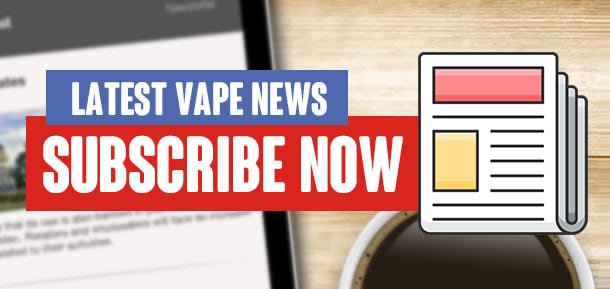During the past years the FDA has been trying to establish some control on the vaping industry, and the Supreme Court has been vigilant of this, rejecting the agency’s attempt in March 2000 to classify nicotine as a “drug” and vaping products as “devices” in a court battle against Brown & Williamson Tobacco Corporation. In January 2010, in a case against Sottera Inc, the FDA tried to regulate e-cigarettes as unregulated medical devices. The court insisted that unless a product is marketed for therapeutic purposes, it cannot be classified as such.
One should note, that at the time of the ruling in Sottera, the FDA had not yet deemed e-cigs, therefore the argument presented was whether vaping products are “drugs” or “devices” rather than “tobacco products”.The D.C. dismissed the FDA’s stance, pointing out that the organization itself had on many an occasion stated that “cigarettes are beyond the scope of the Food, Drug and Cosmetic Act (FDCA) absent health claims establishing a therapeutic intent on behalf of the manufacturer or vendor.”
Vaping products vs tobacco products
Section 201 of the FDCA, states that a “tobacco Product” is “any product made or derived from tobacco that is intended for human consumption, including any component, part or accessory of a tobacco product. However Cabrera states, since vaping products contain no solid tobacco, they clearly do not meet this definition.
E-cigarettes use heat from a battery to vaporize e-liquids, no combustion takes place, therefore no smoke is produced. It is important to add that whilst most e-liquids contain nicotine derived from tobacco plants, there are other alternatives as companies such as Next Generation Labs are producing synthetic nicotine, in which case the products would probably have absolutely no affiliation to tobacco.
Cabrera speculates that even though certain types of nicotine are extracted from tobacco plants this premise is “too thin and too exception-ridden” to hold ground in court.
Since the FDA classifies e-liquid containing nicotine as a tobacco product, and identical e-liquid produced at the same premises with the exception that it’s nicotine free, as a non tobacco product, a single company must comply with different procedures when catering for both. Naturally this makes it hard for the vaping industry to flourish however these regulations have a negative impact not only from a business perspective, but also from a global health one as the 40 million adult smokers in the US, who could make the transition to e-cigarettes could avoid being part of the 400,000 who die yearly of health problems associated to smoking tobacco cigarettes.
Are lawsuits the answer?
So does Ms.Cabrera seem to think. She concludes that there are an infinite number of variables in which vapor products can be produced, marketed and sold, and the FDA’s unclear deeming rule makes it very hard for the industry to comply with the latter, and for the agency itself to enforce them, hence why a lawsuit is the order of the day. When considering all the above in addition to the FDA’s prior lack of success in such cases, at this point of the debate, the odds look in favour of the vaping industry.
This is certainly not the first pro-vaping article that was published by Forbes. The magazine has offered numerous articles, highlighting the advantages of transitioning from smoking tobacco cigarettes to e-cigarettes.








